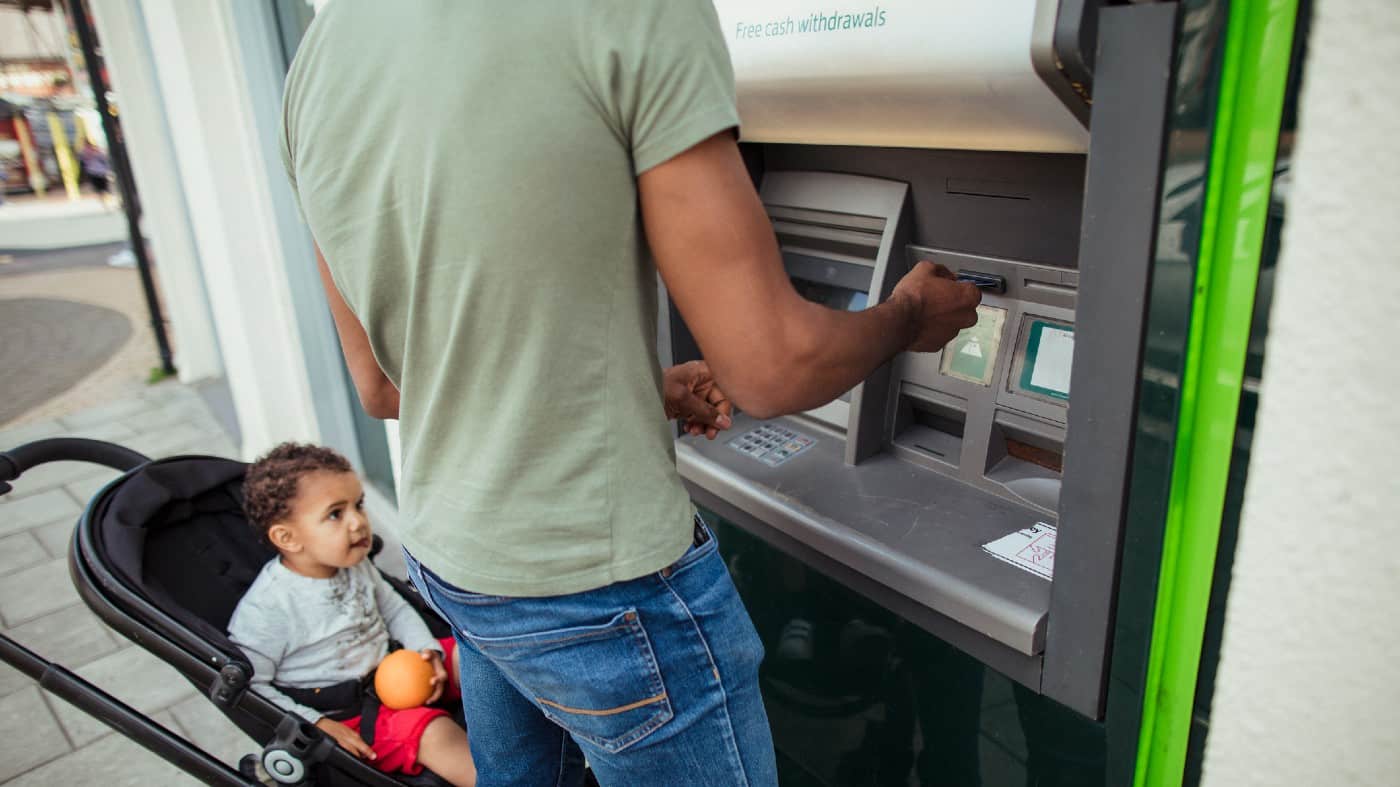Since the middle of February, the Lloyds (LSE: LLOY) share price has shot up by over a quarter. The shares are now nowhere near as cheap as they were just a few weeks back, before strong annual results built investor confidence in the Black Horse Bank.
Then again, over five years, the price is down 16%. Even worse for a long-term investor like myself, the shares today sell for barely a 10th of the price they commanded over a quarter of a century ago, in 1998!
Even after the recent price surge, Lloyds shares still sell for pennies. Should I fill my boots in anticipation of strong prospects?
Understanding value
Let’s begin by considering whether or not Lloyds shares actually are cheap at their current price. The shares trade at a discount to their book value. The price-to-earnings ratio is slightly under seven.
When it comes to valuing bank shares, some investors pay more attention to book value than earnings. But I think Lloyds looks potentially cheap at the moment using either valuation method.
I say potentially because book value and earnings are snapshots of current or past performance. But when buying shares what matters is not the past performance of the companies concerned but their likely future performance – and therefore value.
Are UK bank shares cheap?
The past few years have seen weak prices for a number of UK bank shares, including Lloyds. A key reason for this has been uncertainty about the long-term outlook for the British economy – and what that means for borrowing levels and repayment reliability.
Lloyds has a strong brand, UK focus, and large mortgage book. In fact, it is the UK’s largest mortgage lender. So when the economy does well and people keep up to date on their home loans, it is positioned to do well.
But in a weak economy, if mortgage and other loan defaults rise sharply, that could lead to much lower earnings (or even losses) at Lloyds. A weak economy could also mean property prices fall, hurting the book value of Lloyds shares.
So while Lloyds looks like a cheap share at the moment — on either of the metrics discussed above — that partly depends on the view taken of what might happen to the economy and loan default rates in coming years.
To some extent that is under a bank’s control, as it can tighten or loosen its lending standards. Ultimately though, it is hard for any bank to escape unscathed from a bad economy.
Improving economic indicators
I have been holding off buying Lloyds shares for a while due to a combination of concerns about the economic outlook and what I see as board ambivalence about the dividend.
The payout per share rose 15% last year, but remains below its pre-pandemic level. I do still find the 5.3% yield attractive though.
Meanwhile, post-tax profits last year surged 40% to £5.5bn, and the company modestly revised its economic outlook for the better.
Accordingly, Lloyds shares increasingly do look cheap to me. But I remain somewhat wary about the global economic health despite improving UK indicators like falling inflation.
So I will wait for firmer signs of broad-based economic strength before seriously considering adding Lloyds back into my portfolio.








